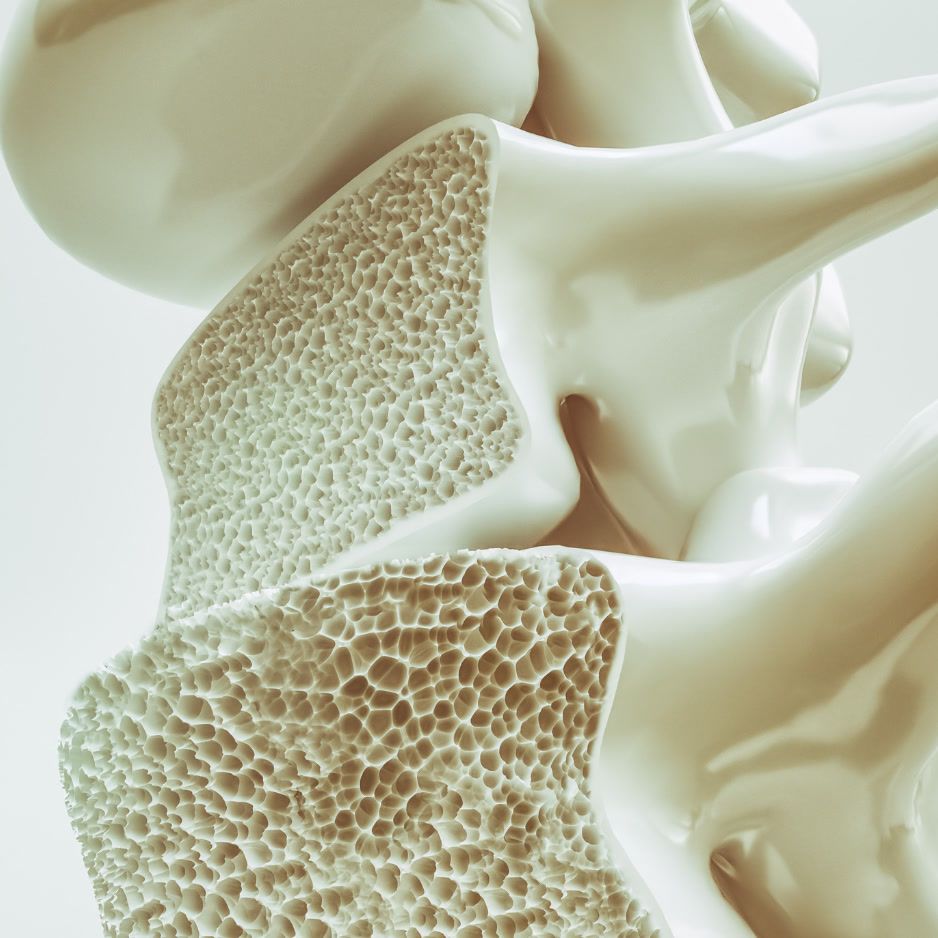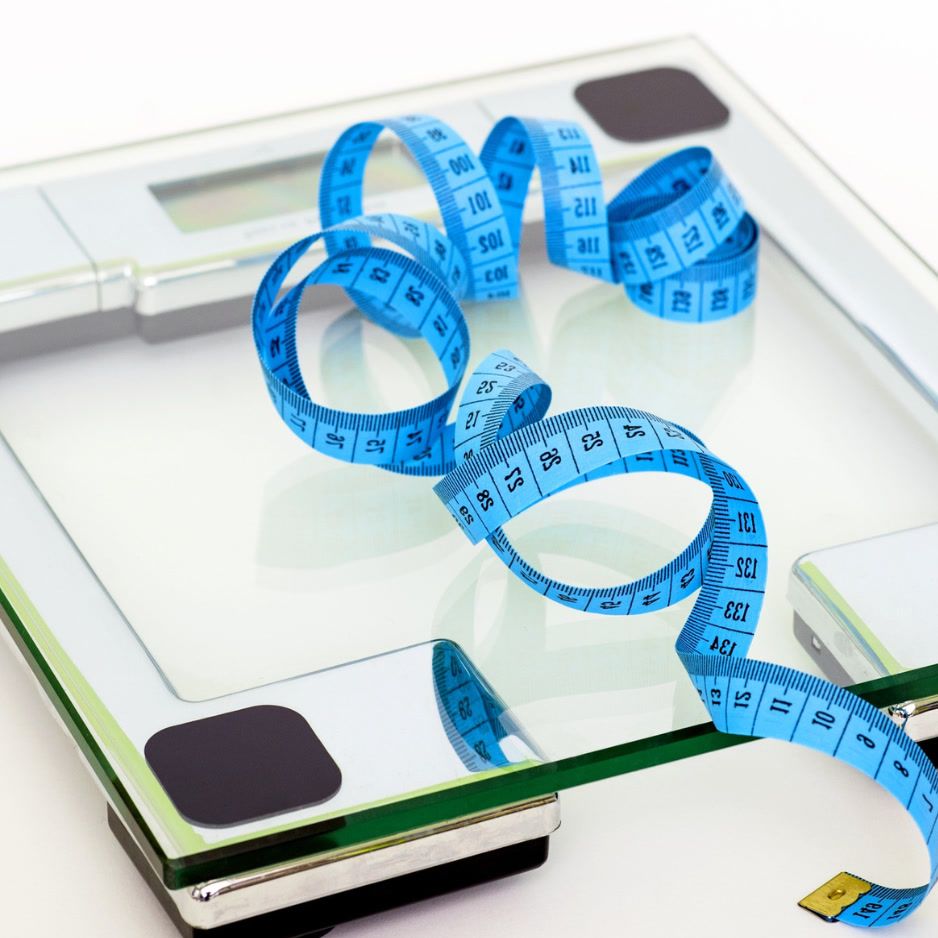Safe Exercise After COVID-19: A Science-Backed Recovery Guide
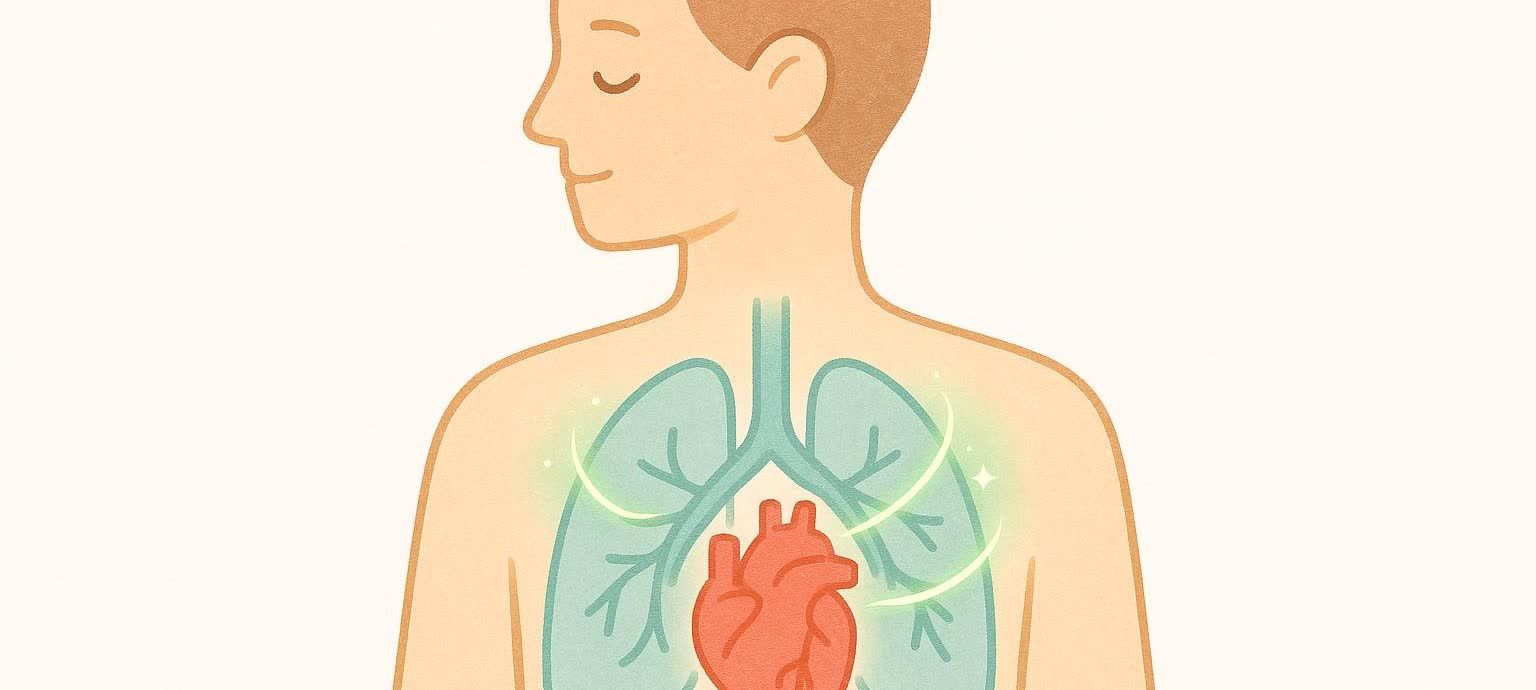
When and How to Safely Exercise After COVID-19: A Science-Backed Recovery Guide
Recovering from COVID-19 isn't just about waiting for your symptoms to disappear—it's about understanding when and how to safely return to physical activity without jeopardizing your health or triggering a setback.
Unlike bouncing back from a typical cold or flu, COVID-19 can impact your heart, lungs, and energy systems in ways that require a more thoughtful approach to exercise.
Whether you had a mild case with barely any symptoms or you're dealing with lingering effects months later, this comprehensive guide will help you navigate your return to fitness safely and effectively.
Understanding Your Post-COVID Body
COVID-19 affects everyone differently, but research shows the virus can impact several systems that are crucial for exercise:
Cardiovascular System: The virus can cause inflammation in the heart muscle (myocarditis), even in people who experienced mild symptoms. Research from the American Heart Association shows that while clinical myocarditis occurs in only 0.6-0.7% of COVID-19 cases, the potential for cardiac involvement makes a cautious approach essential.
Respiratory System: COVID-19 primarily targets the lungs, and many people experience reduced lung capacity or shortness of breath during recovery. This can significantly impact your exercise tolerance.
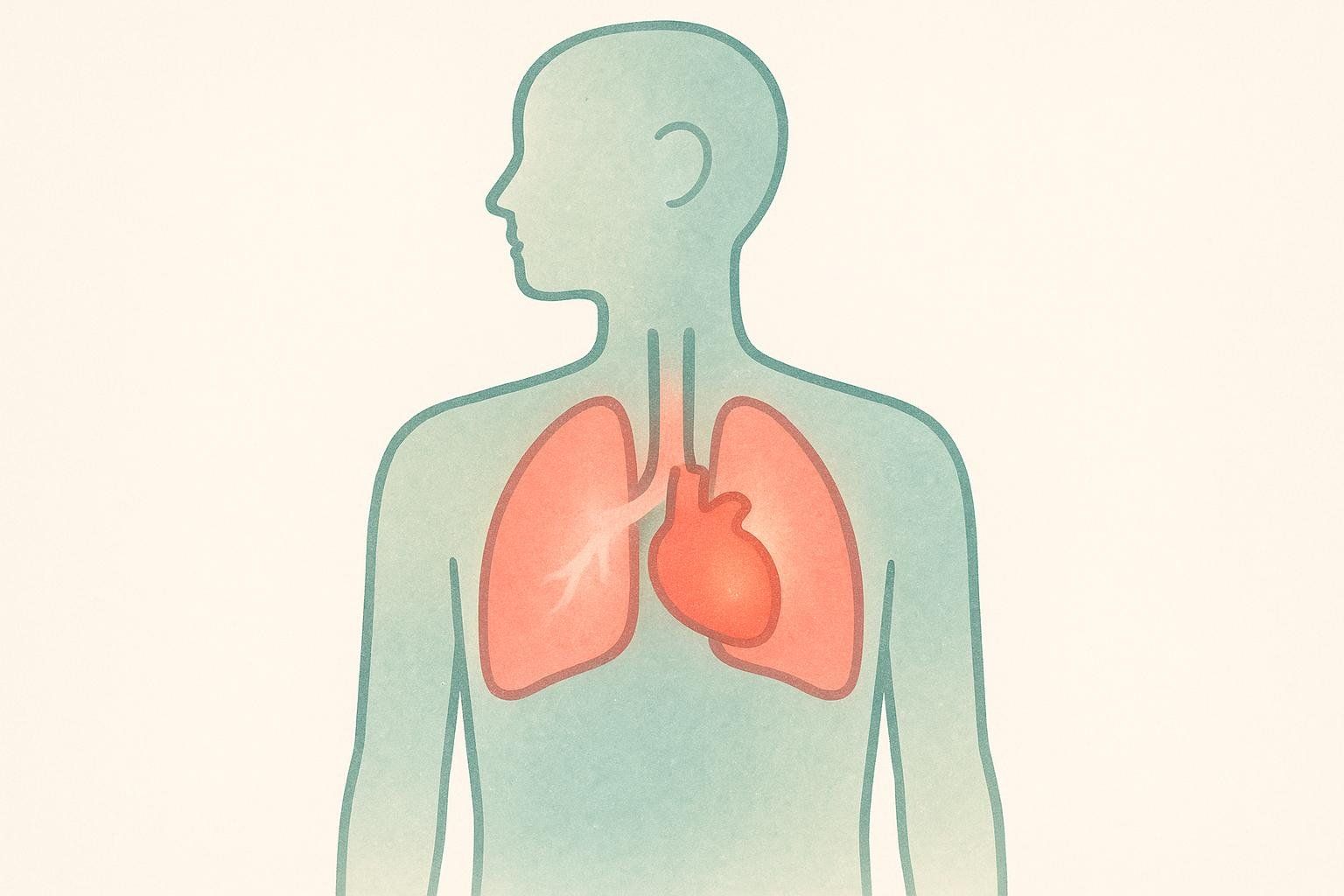
Energy Production: Recent research has revealed that some COVID-19 survivors develop compromised mitochondria—the cellular powerhouses responsible for energy production. This can lead to exercise intolerance and a condition called post-exertional malaise.
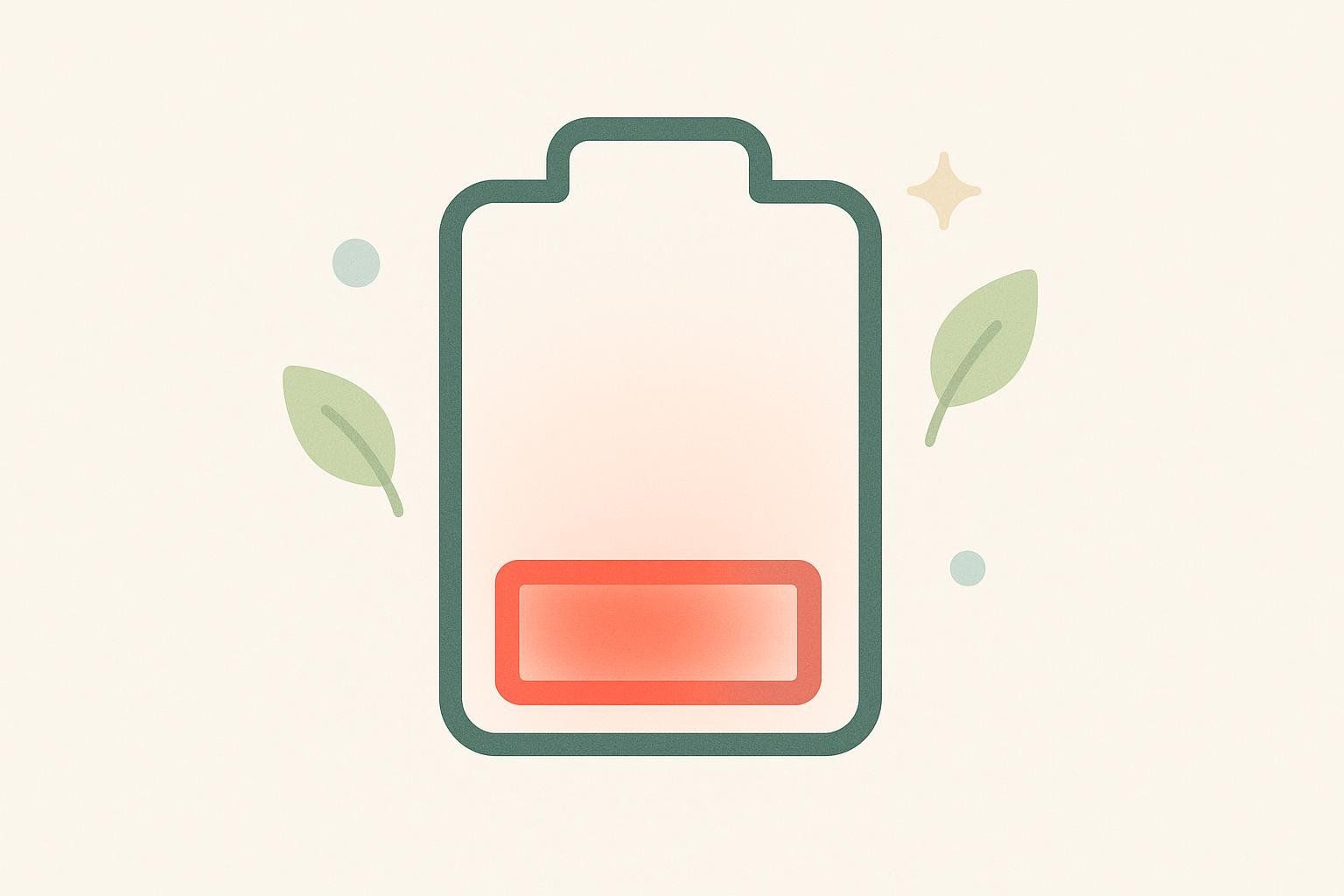
The Golden Rules: When NOT to Exercise
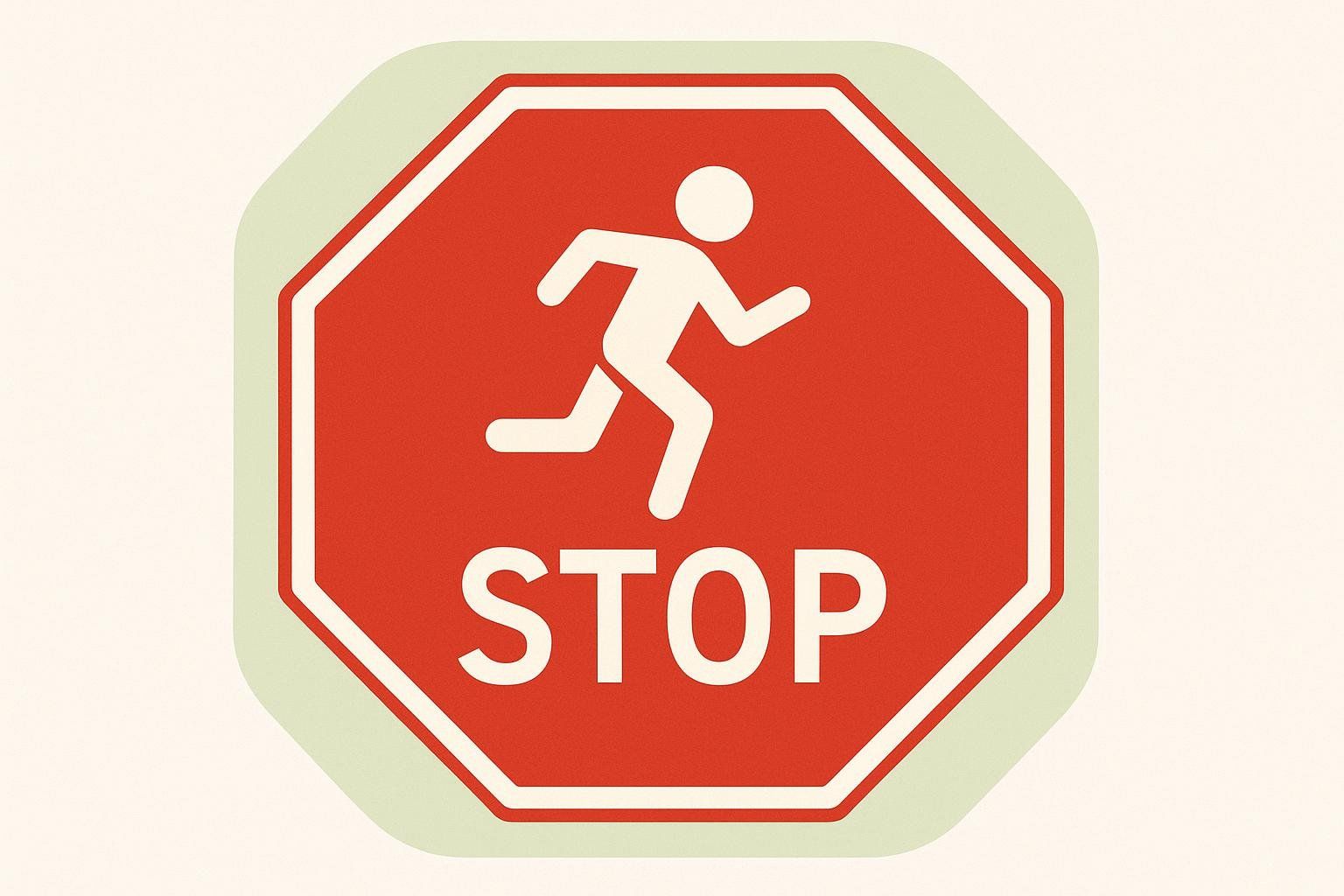
Before we discuss what you can do, let's be crystal clear about when you absolutely should NOT exercise:
- During active infection: If you have fever, body aches, or active symptoms
- If you have chest pain, irregular heartbeat, or severe shortness of breath
- If you've been diagnosed with myocarditis or other cardiac complications
- If you experience post-exertional malaise (symptoms that worsen 12-72 hours after activity)
Timeline for Returning to Exercise
For Asymptomatic Cases
If you tested positive but remained completely symptom-free for 3-4 days, health experts suggest you can cautiously resume exercise. However, you still need to take precautions:
- Monitor your body closely for any delayed symptoms
- Start with 50% of your pre-COVID intensity
- Use heart rate monitoring to stay below 70% of your maximum heart rate initially
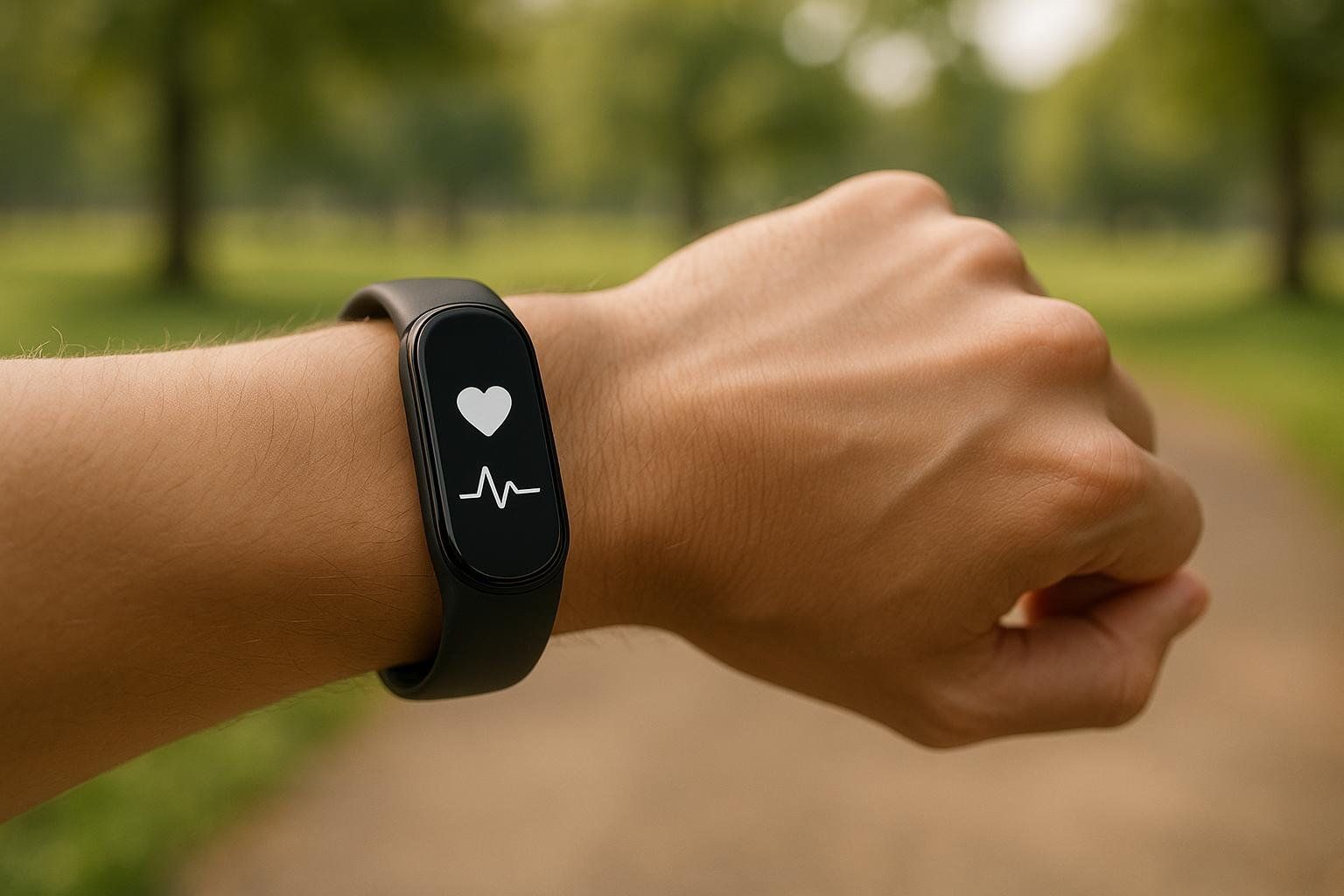
For Mild to Moderate Symptoms
Health guidelines recommend waiting at least 7 days after your symptoms have completely resolved before beginning a structured return to exercise. Once you've been symptom-free for a full week, you can start the phased protocol outlined below.
For Severe Cases or Hospitalization
If you were hospitalized or had severe symptoms affecting your heart or lungs, medical clearance is mandatory before returning to exercise. This may include cardiac testing such as an ECG, echocardiogram, or stress test.
The Phased Return-to-Exercise Protocol
Based on guidelines from Providence Health, here's a structured approach that's been proven safe and effective. Begin this protocol only after you've been symptom-free for at least 7 days:

| Phase | Minimum Duration | Sample Activities | Intensity / Heart Rate |
|---|---|---|---|
| Phase 1: Light Activity | 2 days | Easy walking (15 min), light stationary biking, gentle stretching | <70% max heart rate, ≤15 minutes |
| Phase 2: Progressive Training | 2-3 days | Longer walks, light jogging, basic bodyweight exercises, sport-specific drills | <80% max heart rate, 30-45 minutes |
| Phase 3: Increased Intensity | 2 days | Normal training activities, higher intensity intervals, progressive resistance training | <85% max heart rate, ≤60 minutes |
| Phase 4: Normal Training | At least 3-5 days | Full training regimen with no heart rate restrictions | No restrictions |
| Phase 5: Full Competition | Ongoing | Return to competitive sports or high-intensity activities | Competition level |
Progress When: You can complete each phase without symptoms like chest pain, severe shortness of breath, dizziness, or unusual fatigue. If you experience any warning signs, return to the previous phase and consider medical consultation.
This process takes time. The phased protocol itself requires at least 9-12 days. When combined with the initial 7-day symptom-free waiting period, expect the full recovery timeline to take a minimum of 2.5 to 3 weeks.
Special Considerations for Long COVID
If you're experiencing symptoms that persist for weeks or months after your initial infection, you may have long COVID. An estimated 10-30% of COVID-19 survivors develop this condition, which requires a fundamentally different approach to exercise.
Understanding Post-Exertional Malaise (PEM)
Post-exertional malaise is the hallmark symptom of long COVID that makes traditional exercise advice potentially harmful. According to experts at Long COVID Physio, people with PEM experience:
- Worsening of symptoms 24-72 hours after physical, cognitive, or emotional exertion
- Fatigue that's disproportionate to the activity level
- Recovery times of days, weeks, or even months
Critical Point: If you have PEM, traditional "graded exercise therapy" that gradually increases activity can actually make your condition worse. Instead, you need a "pacing" approach.

The Pacing Approach for Long COVID
Rather than pushing through symptoms, pacing involves:
- Finding Your Baseline: Identify the amount of activity you can do without triggering PEM
- Staying Within Limits: Keep activities consistently below this threshold
- Very Gradual Increases: Only increase activity by 10-20% when you've been stable for 2-3 weeks
- Energy Conservation: Break activities into smaller chunks with rest periods
Heart Rate Monitoring for Long COVID
For managing Long COVID, any heart rate monitoring should be done in consultation with your healthcare provider. They can help you establish safe parameters and interpret your data to avoid triggering PEM. If your wearable device tracks additional metrics, this data can be valuable to share with your provider for a more complete picture of your recovery status.
Red Flags: When to Stop and Seek Medical Attention
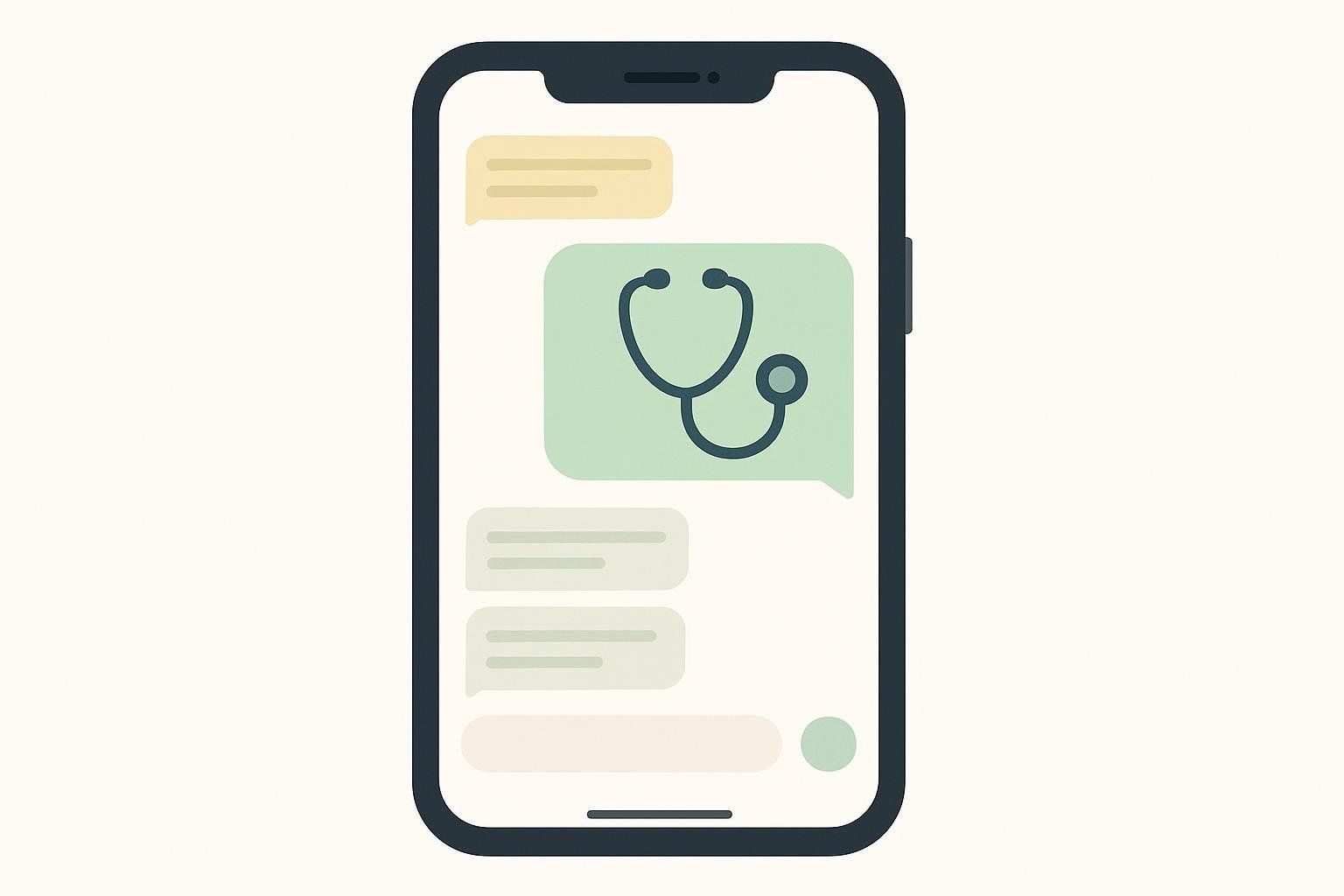
Stop exercising immediately and consult a healthcare provider if you experience:
- Chest pain or pressure
- Irregular heartbeat or palpitations
- Severe shortness of breath that doesn't improve with rest
- Dizziness or fainting
- Significant worsening of fatigue lasting more than 24 hours
- New or worsening cognitive symptoms (brain fog)
Nutrition and Hydration for Recovery

Supporting your body with proper nutrition accelerates recovery:
Hydration: Proper hydration is crucial for cardiovascular function and temperature regulation during exercise. Aim for clear urine as a hydration indicator.
Protein: Focus on incorporating protein-rich foods to support muscle repair and immune function. High-quality protein sources include lean meats, fish, eggs, dairy, legumes, and nuts.
Anti-inflammatory Foods: Focus on fruits, vegetables, and omega-3 fatty acids to support recovery and reduce inflammation.
Avoid: Excessive caffeine or alcohol, which can impact sleep quality and recovery.
Supporting Your Recovery with Body Composition Monitoring
As you progress through your exercise phases, tracking your body composition can provide valuable insights into your recovery. Unlike stepping on a scale, which only shows total weight, understanding changes in muscle mass, fat distribution, and bone density can help you:
- Ensure you're rebuilding muscle lost during illness
- Monitor for unhealthy changes in body composition
- Adjust your nutrition and exercise plan based on objective data
- Celebrate progress that might not show up on a regular scale
Once you've successfully completed the phased recovery protocol and are ready to pursue new fitness goals, consider getting a baseline DEXA scan to establish your post-recovery starting point and track your progress going forward.
Creating Your Personal Recovery Plan
Every person's COVID-19 experience is unique, so your recovery plan should be too. Here's how to customize your approach:
If You're a Casual or Moderate Exerciser
- Follow the main phased protocol outlined above
- Don't feel pressured to rush back to your previous intensity
- Focus on consistency over performance
- Trust that the phased approach gradually re-introduces stress to your cardiovascular system in a safe, controlled manner
- Listen to your body and extend phases if needed—better to take longer and recover properly than to risk setbacks
For Competitive Athletes and Sports Enthusiasts
- Medical clearance is non-negotiable— consider cardiac screening even if you had mild symptoms
- Don't skip phases, even if you feel ready to push harder
- Focus on sport-specific movements in Phase 2 and 3
- Work with a qualified trainer or sports medicine professional who understands post-COVID considerations
- Be especially vigilant about cardiac symptoms like chest pain or irregular heartbeat
- Plan for a longer timeline than you might expect—your season matters less than your long-term health
If You're Managing Long COVID
- Start with the pacing approach instead of the phased protocol
- Consider working with a specialist familiar with post-viral conditions
- Use heart rate monitoring consistently
- Document your activities and symptoms to identify patterns
The Bottom Line: Patience Pays Off

Returning to exercise after COVID-19 isn't about getting back to your old routine as quickly as possible—it's about building a sustainable foundation for long-term health. Research consistently shows that patient, gradual approaches not only reduce the risk of complications but often lead to better long-term outcomes.
Your body has been through something significant, even if your symptoms were mild. By respecting the recovery process and following evidence-based guidelines, you're setting yourself up for a return to fitness that's not just safe, but sustainable.
Remember: It's not about how fast you recover—it's about how well you recover. Take it one phase at a time, listen to your body, and don't hesitate to seek medical guidance when in doubt. Your future self will thank you for the patience you show today.
